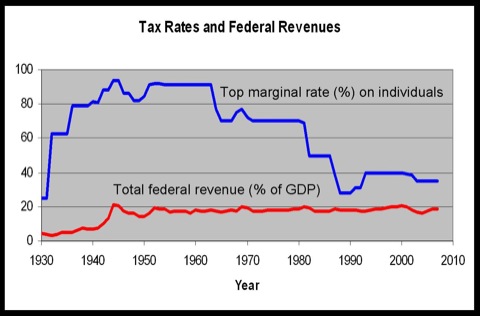The Trump administration released its proposed 2018 budget yesterday to great fanfare and gnashing of teeth over proposed cuts to the so-called safety net. The truth is that the document released yesterday actually has less information in it than the budget blueprint that was released a couple of months ago.
More significant is the decision of Secretary of Transportation Elaine Chao to provide $647 million of the $1.75 billion needed to electrify commuter trains in San Francisco, a project opposed by every Republican member of Congress from California. The Caltrains commuter trains carry just 4 percent of San Francisco Bay Area transit riders, and the environmental assessment for the project predicts (on page 3-159) that, by slightly speeding trains, electrification will increase ridership by less than 10 percent. The project will be completed in 2021, just about the time that shared, self-driving cars start to take away far more riders than electrification could ever hope to add.
Caltrains electrification is just one of nearly two dozen transit projects funded in the recent 2017 appropriations bill that have no full-funding grant agreements, and Trump’s budget blueprint proposed to sign no more such agreements. The other projects are just as ridiculous as Caltrains, but unlike Caltrains many actually have the support of local Republicans. Now that Chao has caved on Caltrains, how is she going to be able to resist funding the other projects? Continue reading








